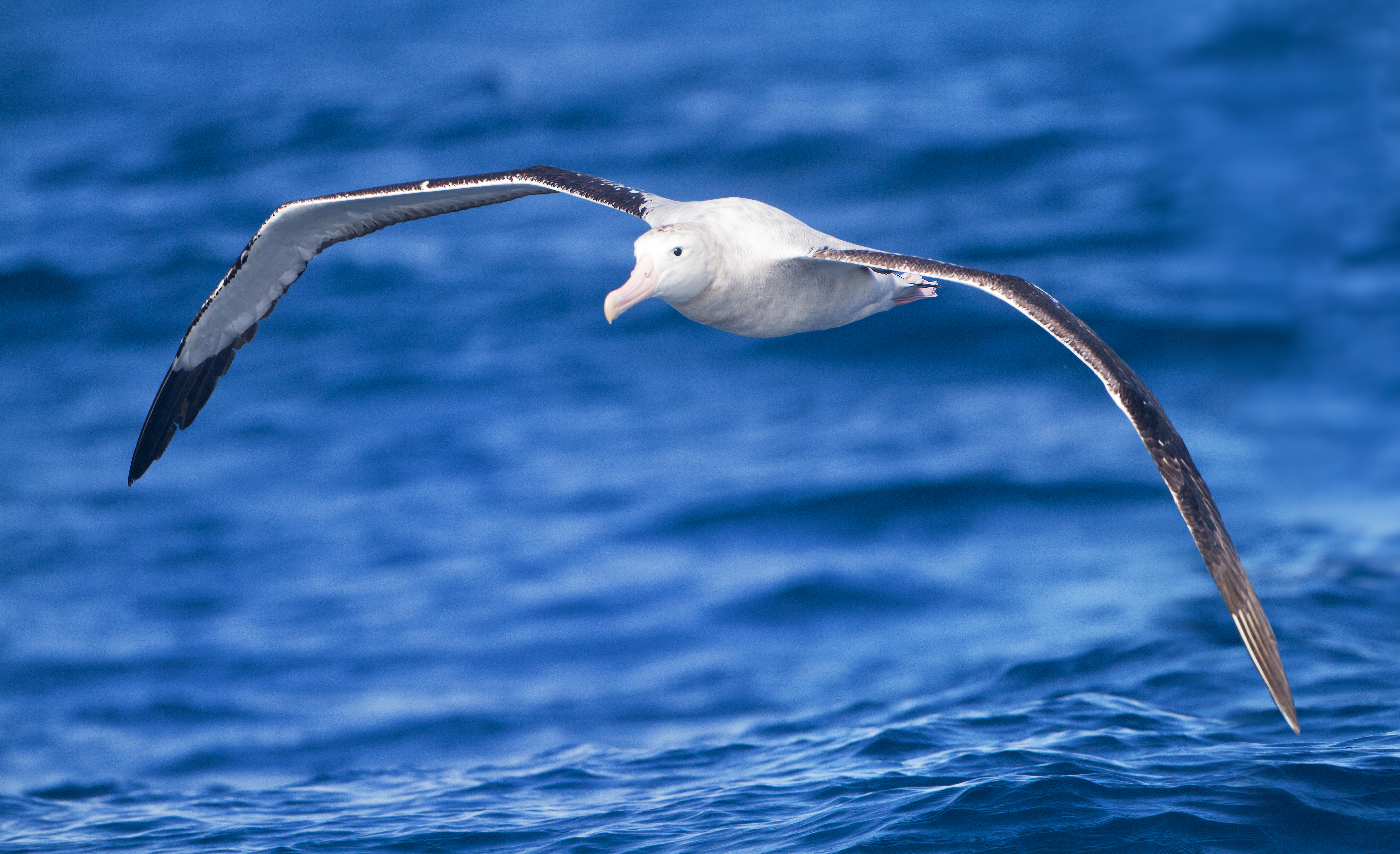|
Georg Ossian Sars
Prof Georg Ossian Sars HFRSE (20 April 1837 – 9 April 1927) was a Norway, Norwegian marine biology, marine and freshwater biology, freshwater biologist. Life Georg Ossian Sars was born on 20 April 1837 in Kinn (former municipality), Kinn, Norway (now part of Flora, Norway, Flora), the son of Pastor Michael Sars and Maren Sars; the historian Ernst Sars was his elder brother, and the singer and women's skiing pioneer Eva Nansen was his younger sister.Google Translate He grew up in Manger, Norway, Manger, Hordaland, where his father was the local priest. He studied from 1852 to 1854 at Bergen Cathedral School, from 1854 at Oslo Cathedral School, Christiania Cathedral School, and joined the university at Christiana (now the University of Oslo) in 1857. He indulged his interest in natural history while studying medicine; having collected water fleas in local lakes with Wilhelm Lilljeborg's works, he discovered new species, and this resulted in his first scientific publication. Geor ... [...More Info...] [...Related Items...] OR: [Wikipedia] [Google] [Baidu] |
Oslo Cathedral School
Schola Osloensis, known in Norwegian language, Norwegian as Oslo Katedralskole (''Oslo Cathedral School'') and more commonly as "Katta",Oslo katedralskole , About the school is a selective upper secondary school located in Oslo, Norway. The school offers the college preparatory (literal translation: ''specialization for studies'') of the Norwegian school system. It is one of four schools in Norway that can trace its origins directly to the Middle Ages and is generally regarded as one of the country's most prestigious schools, which celebrated its 850th anniversary in 2003. The school's motto is the Latin phrase ' which translates to "We do not learn for the sake of the school, but for the sake of life". History According to tradition, ...[...More Info...] [...Related Items...] OR: [Wikipedia] [Google] [Baidu] |
Crustacean
Crustaceans (from Latin meaning: "those with shells" or "crusted ones") are invertebrate animals that constitute one group of arthropods that are traditionally a part of the subphylum Crustacea (), a large, diverse group of mainly aquatic arthropods including decapods (shrimps, prawns, crabs, lobsters and crayfish), seed shrimp, branchiopods, fish lice, krill, remipedes, isopods, barnacles, copepods, opossum shrimps, amphipods and mantis shrimp. The crustacean group can be treated as a subphylum under the clade Mandibulata. It is now well accepted that the hexapods (insects and entognathans) emerged deep in the Crustacean group, with the completed pan-group referred to as Pancrustacea. The three classes Cephalocarida, Branchiopoda and Remipedia are more closely related to the hexapods than they are to any of the other crustaceans ( oligostracans and multicrustaceans). The 67,000 described species range in size from '' Stygotantulus stocki'' at , to the Japanese ... [...More Info...] [...Related Items...] OR: [Wikipedia] [Google] [Baidu] |
Harvard University Press
Harvard University Press (HUP) is an academic publishing house established on January 13, 1913, as a division of Harvard University. It is a member of the Association of University Presses. Its director since 2017 is George Andreou. The press maintains offices in Cambridge, Massachusetts, near Harvard Square, and in London, England. The press co-founded the distributor TriLiteral LLC with MIT Press and Yale University Press. TriLiteral was sold to LSC Communications in 2018. Notable authors published by HUP include Eudora Welty, Walter Benjamin, E. O. Wilson, John Rawls, Emily Dickinson, Stephen Jay Gould, Helen Vendler, Carol Gilligan, Amartya Sen, David Blight, Martha Nussbaum, and Thomas Piketty. The Display Room in Harvard Square, dedicated to selling HUP publications, closed on June 17, 2009. Related publishers, imprints, and series HUP owns the Belknap Press imprint (trade name), imprint, which it inaugurated in May 1954 with the publication of the ''Harvard Guide to ... [...More Info...] [...Related Items...] OR: [Wikipedia] [Google] [Baidu] |
Patronage
Patronage is the support, encouragement, privilege, or financial aid that an organization or individual bestows on another. In the history of art, art patronage refers to the support that princes, popes, and other wealthy and influential people have provided to artists such as musicians, painters, and sculptors. It can also refer to the right of bestowing offices or church benefices, the business given to a store by a regular customer, and the guardianship of saints. The word ''patron'' derives from the Latin ('patron'), one who gives benefits to his clients (see patronage in ancient Rome). In some countries, the term is used to describe political patronage or patronal politics, which is the use of state resources to reward individuals for their electoral support. Some patronage systems are legal, as in the Canadian tradition of the prime minister appointing senators and the heads of a number of commissions and agencies; in many cases, these appointments go to people who ha ... [...More Info...] [...Related Items...] OR: [Wikipedia] [Google] [Baidu] |
Water Column
The (oceanic) water column is a concept used in oceanography to describe the physical (temperature, salinity, light penetration) and chemical ( pH, dissolved oxygen, nutrient salts) characteristics of seawater at different depths for a defined geographical point. Generally, vertical profiles are made of temperature, salinity, chemical parameters at a defined point along the water column. The water column is the largest, yet one of the most under-explored, habitats on the planet; it is explored to better understand the ocean as a whole, including the huge biomass that lives there and its importance to the global carbon and other biogeochemical cycles. Studying the water column also provides understanding on the links between living organisms and environmental parameters, large-scale water circulation and the transfer of matter between water masses. Water columns are used chiefly for environmental studies evaluating the stratification or mixing of thermal or chemically stratif ... [...More Info...] [...Related Items...] OR: [Wikipedia] [Google] [Baidu] |
Pelagic
The pelagic zone consists of the water column of the open ocean and can be further divided into regions by depth. The word ''pelagic'' is derived . The pelagic zone can be thought of as an imaginary cylinder or water column between the surface of the sea and the bottom. Conditions in the water column change with depth: pressure increases; temperature and light decrease; salinity, oxygen, micronutrients (such as iron, magnesium and calcium) all change. In a manner analogous to stratification in the Earth's atmosphere, the water column can be divided vertically into up to five different layers (illustrated in the diagram), with the number of layers depending on the depth of the water. Marine life is affected by bathymetry (underwater topography) such as the seafloor, shoreline, or a submarine seamount, as well as by proximity to the boundary between the ocean and the atmosphere at the ocean surface, which brings light for photosynthesis, predation from above, and wind st ... [...More Info...] [...Related Items...] OR: [Wikipedia] [Google] [Baidu] |
Atlantic Cod
The Atlantic cod (: cod; ''Gadus morhua'') is a fish of the family Gadidae, widely consumed by humans. It is also commercially known as '' cod'' or ''codling''.''Atlantic Cod'' . Seafood Portal. In the western Atlantic Ocean, cod has a distribution north of Cape Hatteras, , and around both coasts of and the ; in the easte ... [...More Info...] [...Related Items...] OR: [Wikipedia] [Google] [Baidu] |
Fish Egg
An egg is an organic vessel grown by an animal to carry a possibly fertilized egg cell (a zygote) and to incubate from it an embryo within the egg until the embryo has become an animal fetus that can survive on its own, at which point the animal hatches. Most arthropods, vertebrates (excluding live-bearing mammals), and mollusks lay eggs, although some, such as scorpions, do not. Reptile eggs, bird eggs, and monotreme eggs are laid out of water and are surrounded by a protective shell, either flexible or inflexible. Eggs laid on land or in nests are usually kept within a warm and favorable temperature range while the embryo grows. When the embryo is adequately developed it hatches, i.e., breaks out of the egg's shell. Some embryos have a temporary egg tooth they use to crack, pip, or break the eggshell or covering. The largest recorded egg is from a whale shark and was in size. Whale shark eggs typically hatch within the mother. At and up to , the ostrich egg is the l ... [...More Info...] [...Related Items...] OR: [Wikipedia] [Google] [Baidu] |
Fisheries
Fishery can mean either the enterprise of raising or harvesting fish and other aquatic life or, more commonly, the site where such enterprise takes place ( a.k.a., fishing grounds). Commercial fisheries include wild fisheries and fish farms, both in freshwater waterbodies (about 10% of all catch) and the oceans (about 90%). About 500 million people worldwide are economically dependent on fisheries. 171 million tonnes of fish were produced in 2016, but overfishing is an increasing problem, causing declines in some populations. Because of their economic and social importance, fisheries are governed by complex fisheries management practices and legal regimes that vary widely across countries. Historically, fisheries were treated with a "first-come, first-served" approach, but recent threats from human overfishing and environmental issues have required increased regulation of fisheries to prevent conflict and increase profitable economic activity on the fishery. Modern jurisd ... [...More Info...] [...Related Items...] OR: [Wikipedia] [Google] [Baidu] |
Ichthyoplankton
Ichthyoplankton (from Greek: ἰχθύς, , "fish"; and πλαγκτός, , "drifter") are the eggs and larvae of fish. They are mostly found in the sunlit zone of the water column, less than 200 metres deep, which is sometimes called the epipelagic or photic zone. Ichthyoplankton are planktonic, meaning they cannot swim effectively under their own power, but must drift with the ocean currents. Fish eggs cannot swim at all, and are unambiguously planktonic. Early stage larvae swim poorly, but later stage larvae swim better and cease to be planktonic as they grow into juveniles. Fish larvae are part of the zooplankton that eat smaller plankton, while fish eggs carry their own food supply. Both eggs and larvae are themselves eaten by larger animals. Fish can produce high numbers of eggs which are often released into the open water column. Fish eggs typically have a diameter of about . The newly hatched young of oviparous fish are called larvae. They are usually poorly formed, ... [...More Info...] [...Related Items...] OR: [Wikipedia] [Google] [Baidu] |
Wilhelm Lilljeborg
Wilhelm Lilljeborg (6 October 1816 – 24 July 1908) was a Swedish zoologist. He is particularly known for his work on the Cladocera of Sweden, and on the Balaenoptera. Lilljeborg was a member of the Royal Swedish Academy of Sciences The Royal Swedish Academy of Sciences () is one of the Swedish Royal Academies, royal academies of Sweden. Founded on 2 June 1739, it is an independent, non-governmental scientific organization that takes special responsibility for promoting nat ... from 1861. References External links * * 1816 births 1908 deaths Swedish carcinologists Swedish zoologists Members of the Royal Swedish Academy of Sciences Cetologists {{Zoologist-stub ... [...More Info...] [...Related Items...] OR: [Wikipedia] [Google] [Baidu] |









